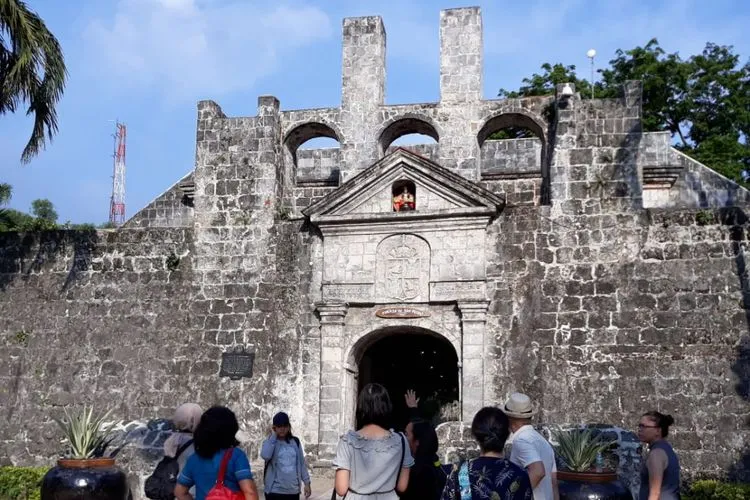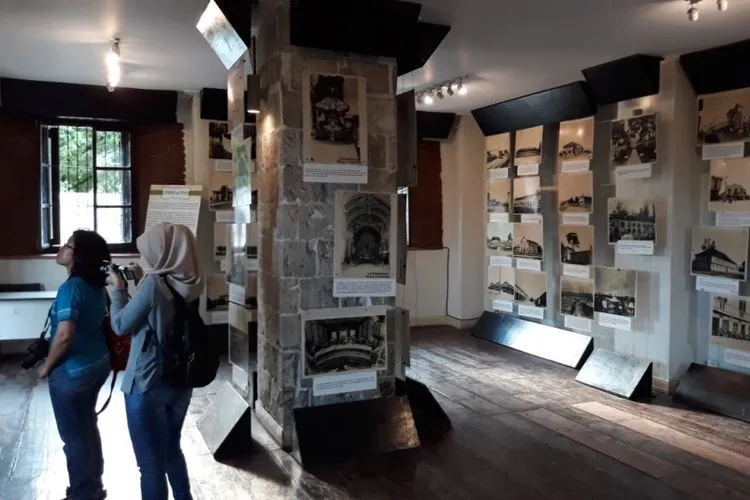
The old town is thick with historical nuances are always interesting to visit. A hundred-year-old building that stood firm, as if storing a myriad of stories about the culture and background of the local community. The historical heritage of the past seems to be a distinct advantage for the countries in Southeast Asia who have felt the bitterness of European colonies. One of them is the Philippines.
This largely Catholic country is a former Spanish colony.
This article has been aired on Kompas.com under the title "Tracing Fort San Pedro, the Oldest Castle of Spanish Heritage in the Philippines",
Not surprisingly, many Filipinos who daily use Tagalog and English have the same name as the Spanish people.
If you want to trace the history of Spain in the Philippines, one of the must-see historical buildings is Fort San Pedro located in Cebu City. The 2,025-square-foot castle is the oldest Spanish castle in the Philippines.

Fort San Pedro was built by the Governor of Miguel López de Legazpi in 1738. The first wooden fort was built with rocks in the early 17th century.
"This fort is triangular, with two sides facing the sea and three sides facing the mainland," said tour guide Ellea Gesyl Panay when met at Fort San Pedro.
Exhibition space up to spot pictures
Just like a fort, the front of Fort San Pedro consists of a towering rock wall, which is about 7-8 meters high. Above the entrance of Fort San Pedro there is the emblem of the Kingdom of Spain. On a higher level, there is a small statue that is considered a symbol of Baby Jesus.
After passing through the entrance, visitors will be served historic photos about the characters who once reigned at Fort San Pedro. The series of photographs are structured to illustrate the performances as Spain began to rule the Philippines.
Before entering deeper, visitors or travelers will be faced with the reception desk. Public visitors must pay an entrance fee of 30 Pesos, or approximately Rp 8,000. Meanwhile, the elderly and children just pay the entrance fee of 20 Pesos, or about Rp 5,000.

The inside of the castle is an open courtyard surrounded by gardens and flowers. As late as night, the lights of the lit garden further add to the dim light of the exotic atmosphere of European nuances.
In a way, this fortress can not be separated from the attention of the government and the people of Cebu City. It can be seen from no scattered rubbish. All the pages of the castle are really neatly arranged.
The inside of the castle is an open courtyard surrounded by gardens and flowers. As late as night, the lights of the lit garden further add to the dim light of the exotic atmosphere of European nuances.
In a way, this fortress can not be separated from the attention of the government and the people of Cebu City. It can be seen from no scattered rubbish. All the pages of the castle are really neatly arranged.
Our tour guide said that the open courtyard inside the castle is often used for pre wedding photos, it can even be hired to hold a wedding reception. To maintain sustainability in the fort, the manager makes a garden that is specifically planted with herbs. Then made a butterfly conservation.

In addition, there are two exhibition halls inside the fort. One is at the bottom, and the other is at the top of the castle. Each exhibition hall contains photographs and dioramas of Spanish history in the Philippines.
In addition to travel, the visitors in this place can freely take pictures ria. Various angles inside the castle can be an interesting spot to take pictures.
Facilities at the castle is also quite adequate. Public toilets are available for visitors. The security guards at the fort are also quite a lot. If you need a tour guide, visitors can contact the receptionist and adjust to their needs.
